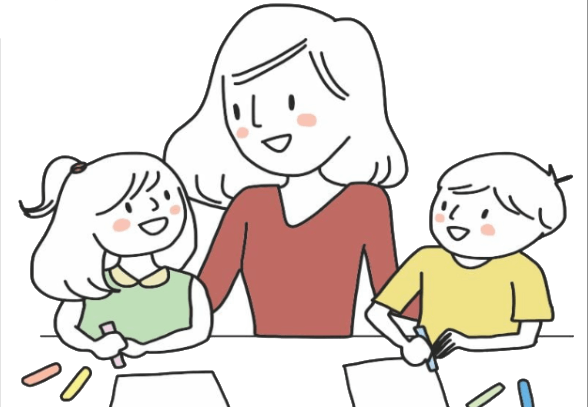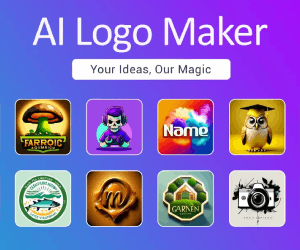The best prompts for teaching, lesson planning, classroom management, personalized learning
Artificial Intelligence and Education: Exploring Innovative Teaching Practices with ChatGPT
Artificial Intelligence, especially advanced language models like ChatGPT, are revolutionizing multiple sectors, and education is no exception. As an educator, you may be contemplating how AI can seamlessly integrate into your classroom or teaching methodologies. Fear not, as AI has the potential to be a transformative force, aiding in areas such as lesson planning, classroom management, personalized learning, and beyond. It’s crucial to note that AI isn’t about replacing teachers but rather empowering them in their educational journey.

To provide you with a glimpse of AI’s potential, we’ve concocted 10 innovative prompts tailored specifically for you. These prompts encompass a wide array of teaching scenarios and are ready for immediate use with ChatGPT. Let’s embark on this educational adventure! (50 additional prompts await below)
## Prompt: “Generate a comprehensive lesson plan for teaching fractions to 4th-grade students.”
**Use Case:** This prompt is designed to assist in crafting detailed lesson plans tailored to specific topics and grade levels.
## Prompt: “Assist me in assembling an engaging list of science experiments suitable for high school students.”
**Use Case:** Utilize this prompt to spark fresh ideas for practical, hands-on learning experiences.
## Prompt: “How can I effectively convey the concept of photosynthesis in a simple yet engaging manner?”
**Use Case:** Engage this prompt when seeking creative and straightforward explanations for complex scientific concepts.
## Prompt: “Offer valuable insights and strategies for enhancing classroom management.”
**Use Case:** This prompt serves as a valuable resource for improving classroom organization and efficiency.
## Prompt: “Generate a quiz centered around ‘To Kill a Mockingbird’ along with answer keys.”
**Use Case:** Save time and effort by swiftly creating assessments with prompts like this one.
## Prompt: “Share strategies to boost student engagement during remote learning scenarios.”
**Use Case:** If conducting classes remotely, this prompt can aid in maintaining student involvement.
## Prompt: “Craft a professional development plan focusing on inclusive education.”
**Use Case:** Utilize prompts like this to promote self-reflection and facilitate professional growth.
## Prompt: “Develop a series of thought-provoking discussion questions for a book club session featuring ‘1984’ by George Orwell.”
**Use Case:** Perfect for generating stimulating discussion points for literary analysis.
## Prompt: “Curate a collection of creative writing prompts tailored for middle school students.”
**Use Case:** Ignite your students’ creativity with an assortment of diverse writing prompts.
## Prompt: “Explore strategies for leveraging technology to enrich the learning experience in my classroom.”
**Use Case:** If seeking to incorporate more technology into your teaching approach, this prompt offers practical suggestions.
These prompts serve as a foundation for innovative teaching practices. Feel free to adapt them to suit your specific educational objectives. Teaching, akin to an art form, is elevated with AI tools like ChatGPT at your disposal. Happy teaching!
Basic Teaching Prompts
– Elaborate on the significance of effective classroom management in fostering a conducive learning environment.
– Highlight the advantages of utilizing visual aids in educational instruction.
– Discuss the pivotal role of feedback in facilitating student learning and progress.
– Strategies for nurturing an inclusive classroom environment accommodating diverse learners.
– Emphasize the importance of establishing clear learning objectives for lessons.
– Explore the benefits of collaborative learning methodologies within the classroom setting.
– Analyze the impact of motivation on student learning outcomes and overall success.
– Techniques for cultivating critical thinking skills among students.
– Establishing a positive and supportive classroom culture and its significance.
– Integrating technology to enhance teaching and learning experiences.
– The role of assessment in monitoring student progress and guiding instructional strategies.
– Tailoring instruction to cater to the diverse needs of students.
– Building strong relationships with students and their families to enhance the learning environment.
– Utilizing a diverse array of teaching strategies for effective instruction.
– The significance of ongoing professional development in refining teaching practices.
– Crafting engaging and relevant lessons to captivate student interest.
– Setting high expectations to promote academic excellence for all students.
– Incorporating real-world connections to enrich the educational experience.
– Reflective practices for continuous improvement as an educator.
– Efficiently managing and utilizing classroom resources for optimal learning outcomes.
– Modeling positive behavior to instill desirable values in students

